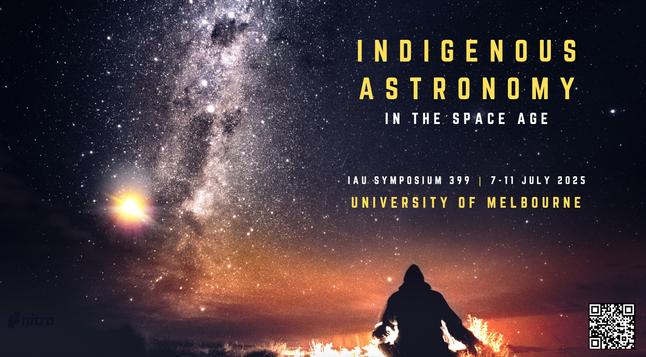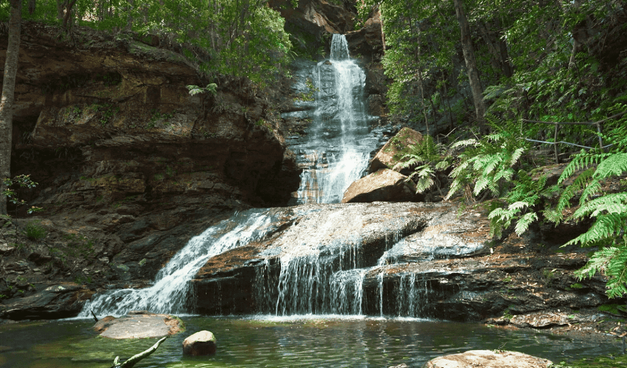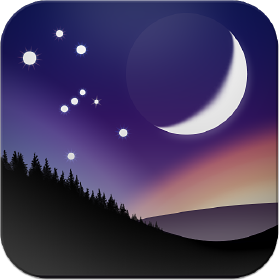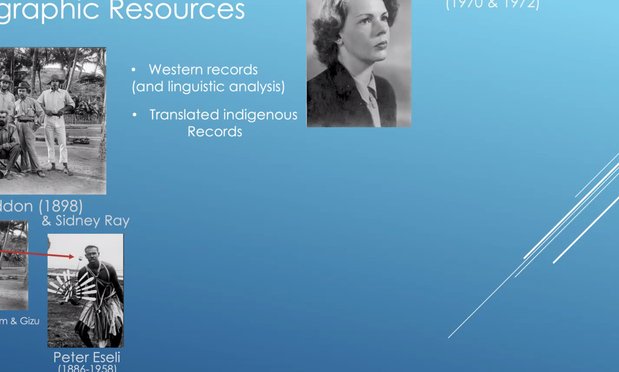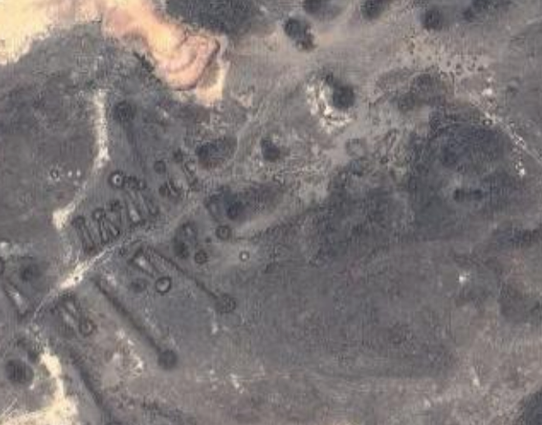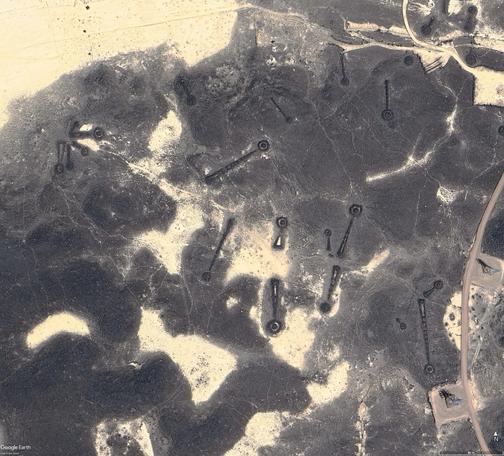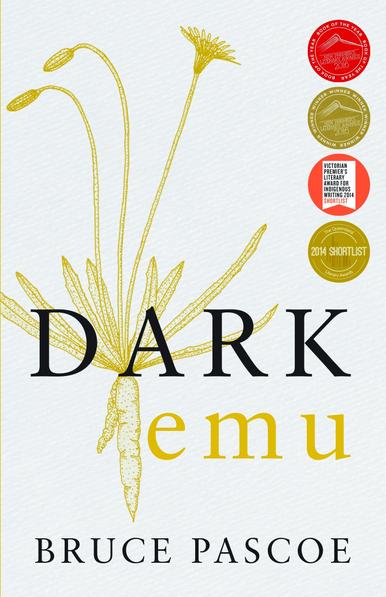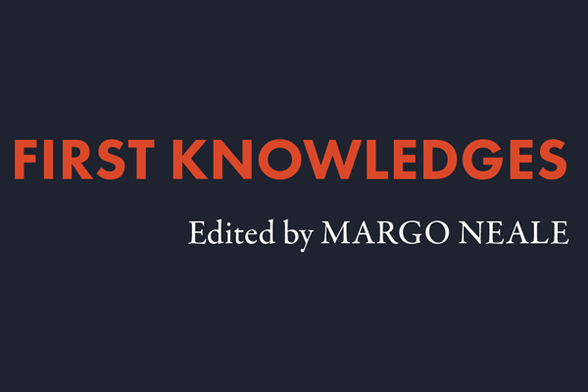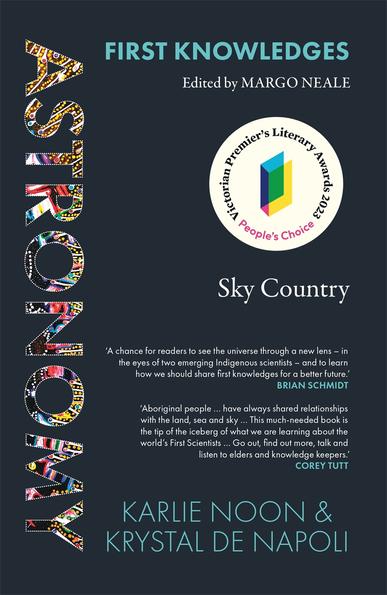@sundogplanets
#Books #IndigenousAuthors
i would heartily recommend #TheFirstKnowledges” series as a sound introduction to the world-views of now-called-australia’s Indigenous peoples
“The First Knowledges series offers an introduction to Indigenous knowledges in vital areas and their application to the present day and the future. Exploring practices such as #architecture and design, #LandManagement, #Medicine, #Astronomy and innovation, this six-book series brings together two very different ways of understanding the natural world: one ancient, the other modern.
Each book is a collaboration between #Indigenous and non-Indigenous writers and editors. The series is edited by Margo Neale, senior Indigenous curator at the National Museum of #Australia.”
Titles in the series are
*Songlines: The Power and the Promise
Weaving deeply personal storytelling with extensive research on mnemonics, this book offers unique insights into Indigenous traditional knowledges, how they apply today and how they could help all peoples thrive into the future.
*Design: Building on Country
Aboriginal design is of a distinctly cultural nature, based in the Dreaming and in ancient practices grounded in Country.
*Country: Future Fire, Future Farming
For millennia, Indigenous Australians harvested this continent in ways that can offer contemporary environmental and economic solutions.
This book highlights the consequences of ignoring our history and details the remarkable agricultural and land-care techniques of First Nations peoples.
*Astronomy: Sky Country
Aboriginal and Torres Strait Islander people are the oldest scientists in human history.
Explore the connections between Aboriginal environmental and cultural practices and the behaviour of the stars, and consider what must be done to sustain our dark skies, and the information they hold, into the future.
This book issues a challenge for a new Australian design ethos, one that truly responds to the essence of Country and its people.
/2
